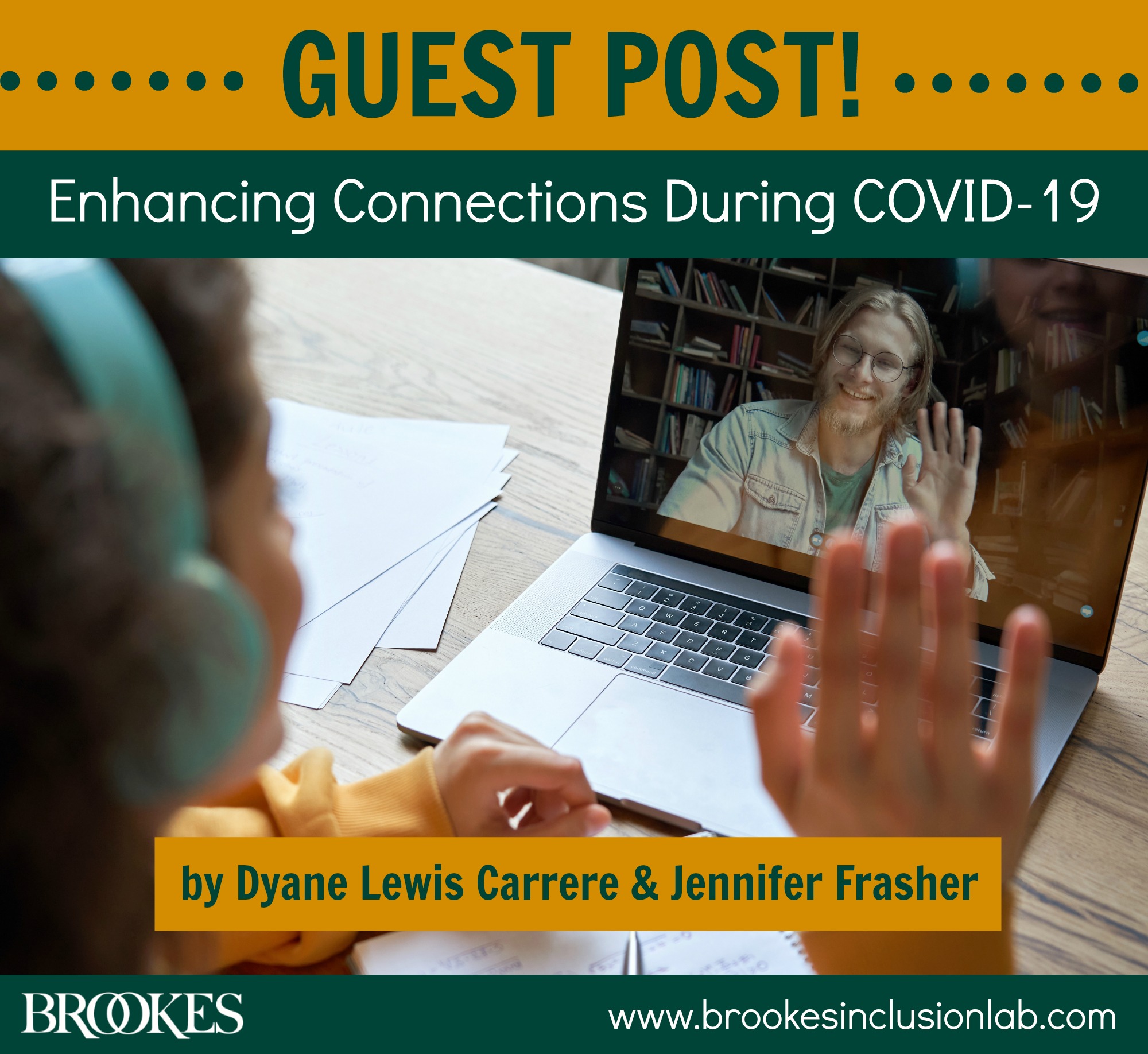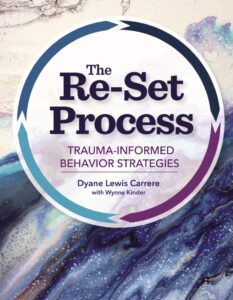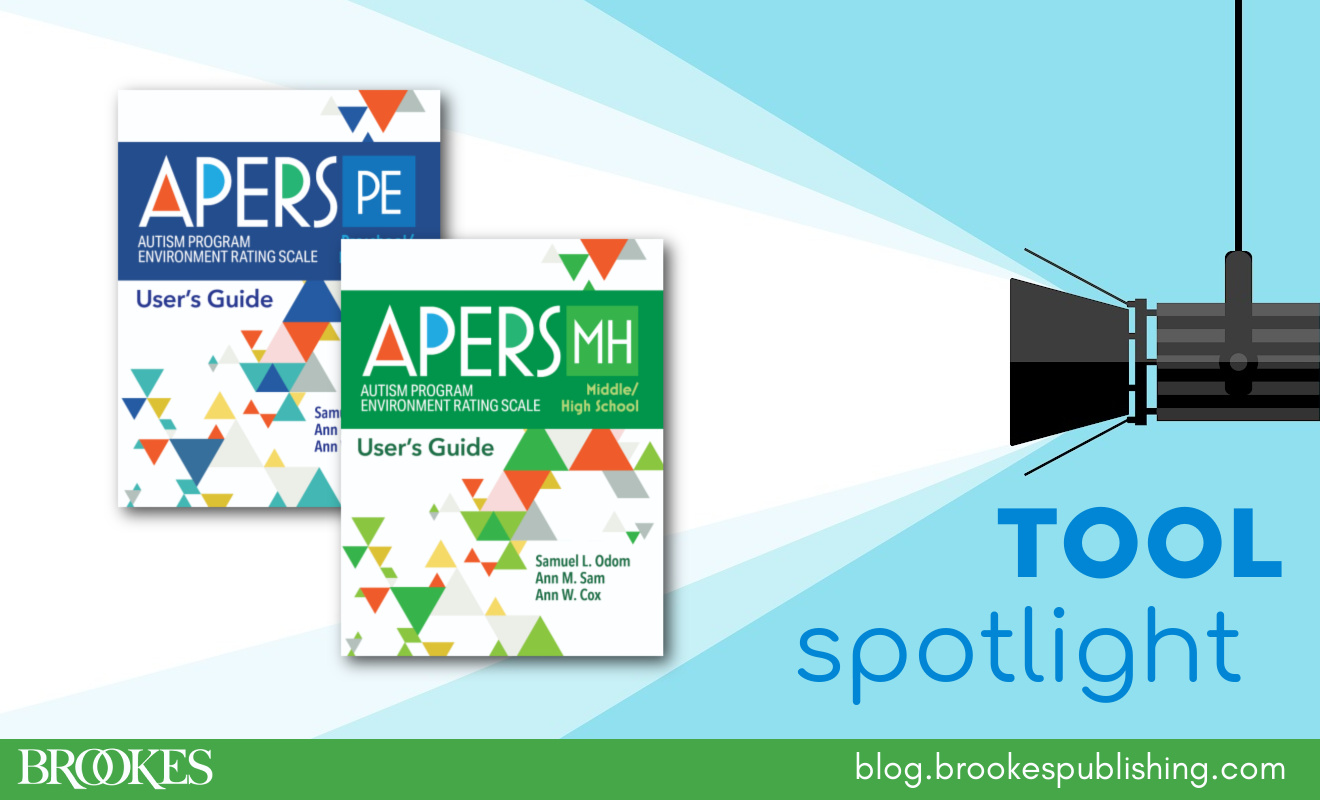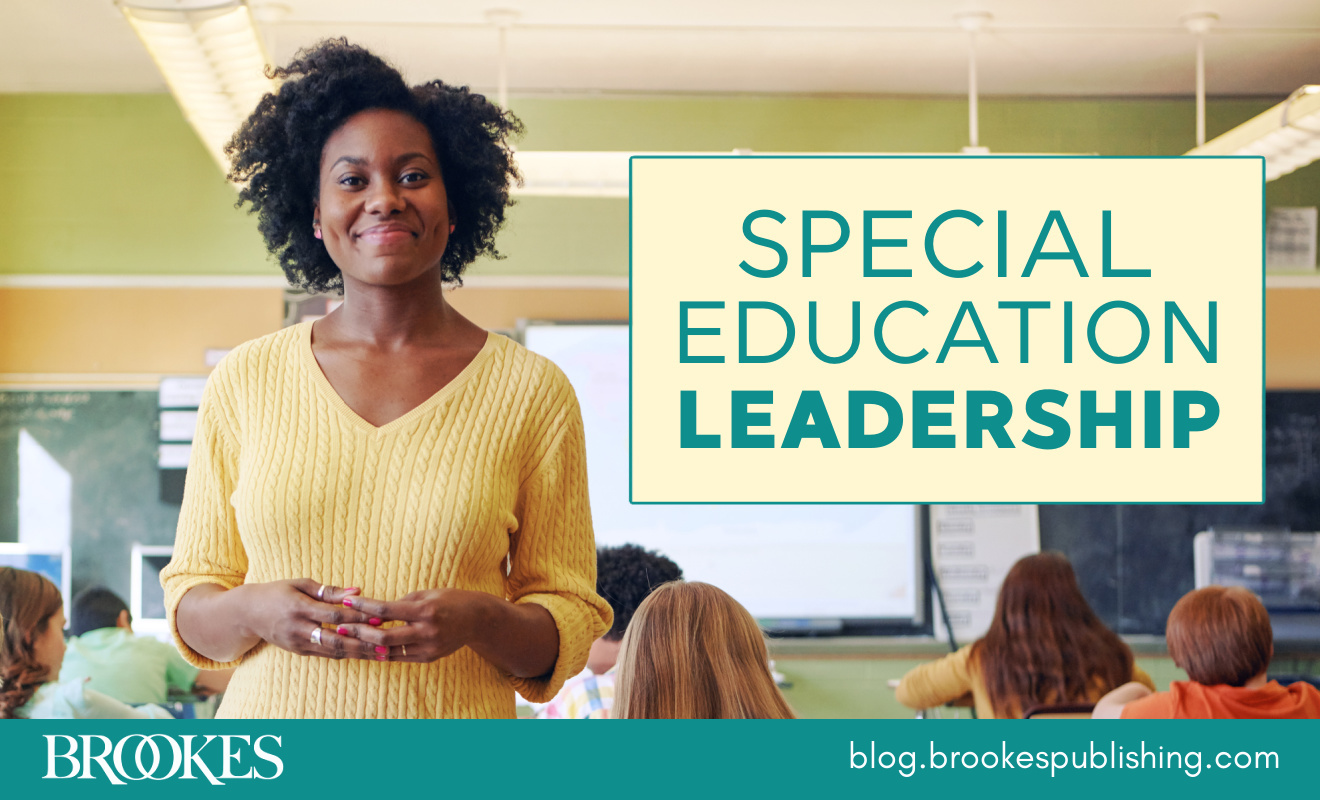GUEST POST: 9 Tips for Enhancing Connections During COVID-19
November 3, 2020
We’re less than two months from the end of a tremendously challenging year—but for teachers across the country, the challenges will remain long after we ring in the new year. Many will still be teaching students virtually or in a hybrid format. Others are returning to physical school buildings, but with so many new issues to confront—from safety precautions to pandemic-related student trauma—teachers may find themselves struggling to define and adapt to the “new normal.”
 In trying times like these, authentic and supportive human connections can be the lifeline that teachers and students need to get by. Today we’re bringing you nine practical tips for strengthening these connections, developed by Dyane Lewis Carrere (author of The Re-Set Process: Trauma-Informed Behavior Strategies) and her sister, elementary educator Jennifer Frasher, M.Ed. Bookmark and share this post for concrete ways to engage students, create and spread more joy, and encourage supportive peer connections during the ongoing pandemic. (And be sure to check out Dyane’s other blog posts on how to use her neuroscience-based Re-Set Process as a critical self-care strategy and as a group strategy to help students get regulated and ready to learn.)
In trying times like these, authentic and supportive human connections can be the lifeline that teachers and students need to get by. Today we’re bringing you nine practical tips for strengthening these connections, developed by Dyane Lewis Carrere (author of The Re-Set Process: Trauma-Informed Behavior Strategies) and her sister, elementary educator Jennifer Frasher, M.Ed. Bookmark and share this post for concrete ways to engage students, create and spread more joy, and encourage supportive peer connections during the ongoing pandemic. (And be sure to check out Dyane’s other blog posts on how to use her neuroscience-based Re-Set Process as a critical self-care strategy and as a group strategy to help students get regulated and ready to learn.)
***
We, along with our students, miss many things from our pre-COVID lives—but perhaps nothing more than being close with other human beings. We long for connection, and our bodies’ physiological systems actually register what we have lost as a result of the reduction in human touch, the fewer number of smiles seen and given, and the reduced social interactions we have experienced over these past months. What has changed biochemically during these relationship-starved days? Our bodies may be short on two critical neurotransmitters: dopamine and oxytocin. Dopamine is that feel-good chemical that boosts our mood and motivation and allows us to better focus. It also helps us to regulate our movements and emotions. Oxytocin, the bonding hormone, can enhance our sense of well-being and connectedness with others.
Connection deprivation can leave us and our students more vulnerable to anxiety, depression, and other illnesses related to stress. That is not the end of the story, however, and educators everywhere are deliberately making the most of the connection opportunities that are available—regardless of their teaching context. Here are nine strategies you can try with your own students, whether you’re teaching virtually or in person:
Increase the positive use of names. Our names call us into connection with others. Today, educators are striving to use students’ names in positive ways more than ever before. In your classroom, be sure to take time for greetings before academics, include student names when acknowledging their input, and encourage students to call each other by name. Actively support your students to identify their preferred name and take care to use it consistently.
When you’re teaching virtually, using a child’s name may seem the most convenient way to redirect attention. Instead, try using academic questions paired with a student’s name in order to re-engage them. You might also try using private chat as a way to reach out and re-engage a child whose attention has drifted. Both strategies prevent a student from perceiving their name being called as a negative event.
Move in synchronicity with one another. When we move in synchronicity with others, oxytocin is released, and we feel a bond with them. If you’re teaching on-site, you can employ strategies such as “mirror greetings” where one person mirrors the other and then roles are switched. You might also try movement/brain breaks using patterned dances done in parallel lines 6+ feet apart with students making the same set of motions. In virtual settings, you can have students mirror your movements (e.g., holding fingers up to represent a number) as part of instruction.
Teachers of older students can try embedding movements that represent certain concepts into instruction—having everyone engage in that movement when discussing the concept. (Bonus: movement enhances concept retention.) For movement/brain breaks, appropriate Tik Tok dances can get older students involved in synchronous motions.
A form of synchronicity can also happen with vocalizations. You might find that routine use of choral responding (done to increase repetition and engagement) can also be an effective tool for nurturing community.
Make it visual. A stressed brain relies more on visual information. Knowing this, make sure you create visual representations of your classroom communities to enhance connectedness (e.g., a circle of everyone’s handprints, a graffiti wall created by the students, a “quilt” created by having students contribute squares with images or words that reflect them). These visual representations from the physical classroom can be imported into the virtual classroom—try using them as the background for virtual instruction, or photograph them and turn them into landing screens for the virtual learning context. Not only does this type of strategy continually communicate a sense of community, it creates continuity between different learning contexts. If you’re only teaching virtually, create visual representations through digital means and make sure they can routinely be viewed by your students.
Inspired by Flat Stanley book projects and online Bitmoji classroom activities, some primary teachers have provided a “Flat Teacher” or “Mini-Teacher” (photocopied small image of themselves) to their students. You might find these Flat Teachers a fun way to help students “see” you outside of instructional time. Students can participate in shared activities with their Flat Teacher that they can record with photos and/or journal entries. And when you acknowledge a student for something, they can use the Flat Teacher to pat themselves on the back or celebrate their efforts by “jumping” it up and down.
Your students might also want to connect with one another by creating a partner Venn Diagram (“Venn and a Friend”) that reflects their individuality as well as their commonality. You can use this strategy as a way to create a deeper sense of connection during a time when opportunities for incidental interactions are diminished.
Create classroom and cohort continuity. As students and their teachers move between various settings (virtual, physical building, hybrid), there are myriad challenges, including keeping a sense of continuity for students. You may find that you need to assure your students that the class is still their home base—even if that class is being split up into different cohorts or taught by several different teachers. Strategies such as creating pen pals between classmates who are in different cohorts or having desk pals between different cohorts can help decrease that sense of fragmentation.
Embed service. Social science tells us that we like people who help us—and that we like people even more if we help them! It’s all about creating a sense of interdependency and trust. Toward that end, both elementary and secondary educators have been giving “jobs” to students, even within the virtual classroom. Try assigning jobs like timekeeper, question caller, poll tracker, and even technology de-garbler (great for kids who can understand what other students are saying despite tech sound interference). These virtual service opportunities can build connection and community even when students can’t see each other in person.
Use the power of “touch memory.” When we engage in a motor movement that previously involved touch, our memory of that touch is re-activated. In virtual settings, try holding your hand up so that it is palm out and in front of you, and have students reach out to the screen and “touch” your hand—this will bring forward the memory of high fives in the past. In physical classrooms, try standing six feet apart and then have both teacher and student hug themselves while looking at each other. While neither of these things have the complete power of “the real thing,” they are a reasonable approximation and are both do-able and safe.
Exude joy. Smile a lot! When we smile at someone, we get a little shot of dopamine. When they see our smile, they get one. When we see their smile, we get yet another. Some teachers have made sure their smiles show by using clear vinyl masks. Others have explicitly taught their students to read how a genuine smile appears in the eyes (Aside: this is a great skill for kids to take into their whole world.)
Laugh more. Laughter releases dopamine, increases oxygen flow, and is highly socially contagious. In between instruction and even embedded within instruction, look for ways to create opportunities for your students to laugh. Tell jokes, share riddles, reveal your corny self, pop off and on screen with a silly fun fact, use different voices, and have your pets join in a Zoom. Model being human and laughing at your own mistakes.
Model resilience and positivity. As hard as it is to summon positivity given the tremendous amount of juggling and worry that is part of today’s teacher world, it’s helpful to deliberately give voice to the good things that exist in virtual and physical environments (e.g., We can see whole faces when virtual, We get to actually be in the same space when in the building). Even as you struggle with varying internet and device issues, it’s important to separate the technical issues from individuals and project a sense of “we are all struggling with different issues but we will get through it together.” Strike a balance between acknowledging the difficulties and recognizing the opportunities in all situations—in other words, be a role model of resilience for your students.
There are so many ways to nurture connection out there in the big, creative world of education. Take care of yourself and you will find that the things that you need to do to care for your community of students will follow.
***
 Thanks to Dyane and Jennifer for sharing these specific suggestions for increasing connections during COVID-19. Do you have a tip of your own to share? Head down to the comments and tell us what’s worked for you! And if you’re looking for an effective approach to helping students who are struggling with self-regulation and challenging behaviors, be sure to check out Dyane’s new book on The Re-Set Process and read her excellent guest blog posts about it:
Thanks to Dyane and Jennifer for sharing these specific suggestions for increasing connections during COVID-19. Do you have a tip of your own to share? Head down to the comments and tell us what’s worked for you! And if you’re looking for an effective approach to helping students who are struggling with self-regulation and challenging behaviors, be sure to check out Dyane’s new book on The Re-Set Process and read her excellent guest blog posts about it:
The Re-Set Process for Educators: Self Care in the Time of COVID-19
The Re-Set Process for Students: Self-Regulation in the Time of COVID-19




Write a Comment
Your email address will not be published. Required fields are marked *
Post a Comment